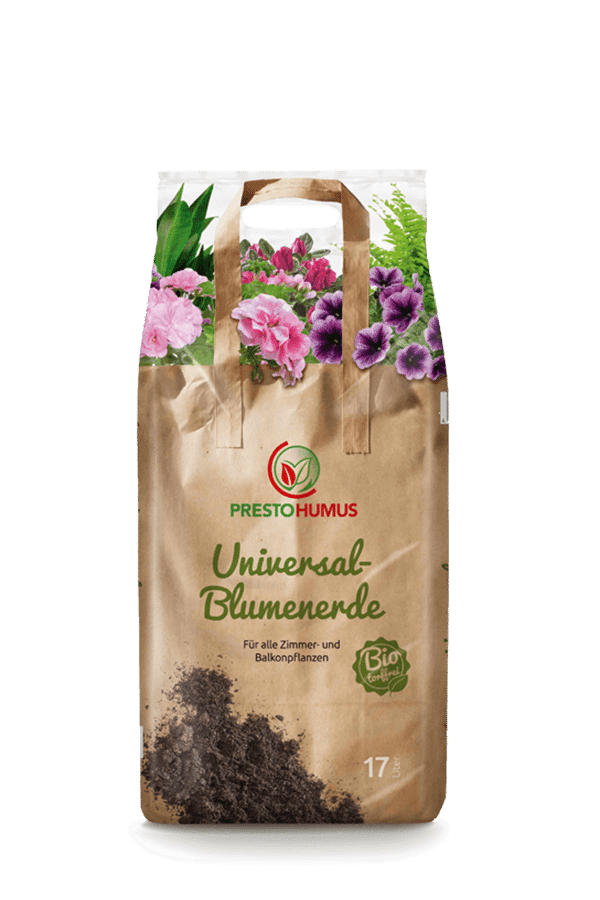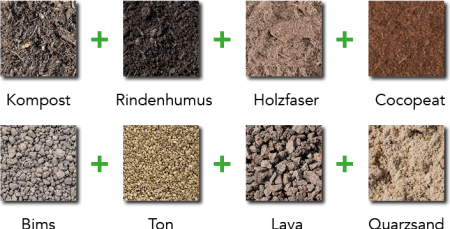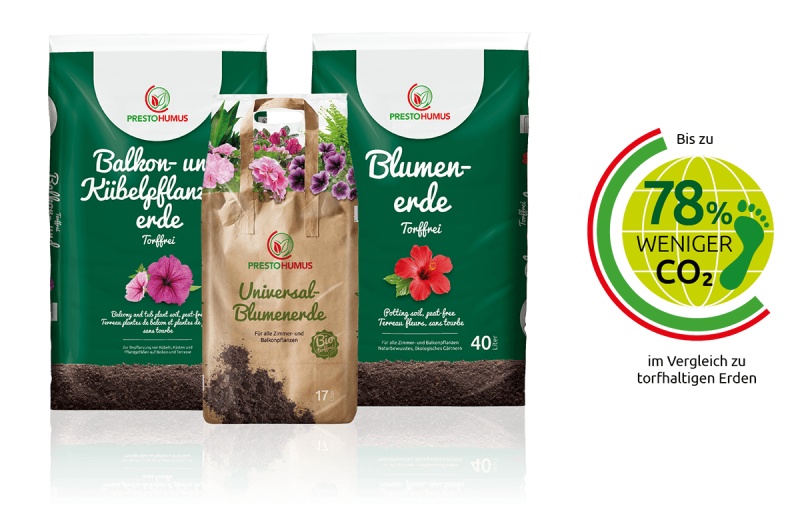Why peat-free gardening?
It’s quite simple: for the sake of the environment
Peat extraction in order to get raw materials for substrate production destroys bogs and consequently the habitat for rare plants and small animals.
The climate-damaging greenhouse gas carbon dioxide is also released by peat extraction. This means that every single bag of peaty potting soil that we set aside, is an effective contribution to nature and climate protection.

Countless animal species, like the moor frog, the black grouse and the Eurasian curlew and vegetal species like the cottongrass, the sundews, and the common reed have their natural habitat in the bog and could lose it.





